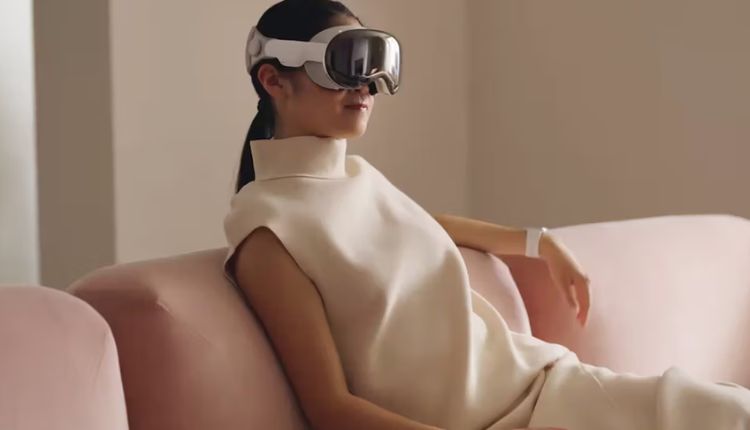In the 1800s, the sewing machine completely changed Virtual the way people made clothes. In the 20th century, the invention of synthetic fibres like nylon made clothing cheaper and more functional, and the rise of online retailers changed how we bought them. It is hard to know in advance where fashion’s next revolution will come from, but many experts are looking closely at augmented and virtual-reality technology.
Simulating a 3D interactive environment is a great leap forward and does not only stand to benefit the video game industry. In fact, these new tools are already being used by some of the world’s largest fashion houses. Here is how they could impact the fashion world going forward.
Virtual stores
An experience many fashionistas will be familiar with is that of seeing a stylish new piece in a fashion magazine, ordering it online because the brand has no store nearby, and then finding something wrong with it. They don’t like the fit, or the colour doesn’t look as nice. If they had seen it in a store, they probably wouldn’t have bought it.
Using virtual reality, customers could visit any brand’s store and see the clothes in person without ever leaving their house. They could see how the clothes look not on a model or in well-lit photographs, but as they would in person.
Virtual fashion shows
VR is able to simulate places in the real world without being limited by the number of people that can physically be there at the same time. This means that the audience for fashion shows is no longer limited by the show’s location or the number of seats. Any number of people from all over the world could watch just as though they were sitting in the audience.
But aren’t some fashion shows meant to be really exclusive? Well, they benefit too. The more people who could theoretically attend but aren’t allowed to, the more exclusive it is.
Virtual try-ons
Some brick-and-mortar stores are already incorporating this technology into their customer experience. Virtual try-ons are when customers can see how a garment would look on them without physically trying it on.
Virtual clothes
What seems to be the most likely direction that virtual reality will take is the creation of a metaverse, or several, in which people interact using avatars. It seems logical then that some fashion brands, such as the Fabricant, have already begun to design exclusively digital pieces for avatars to wear.
Sustainability
Some people believe that the shift towards virtual reality will be largely positive for the environment. Virtual fashion shows mean fewer people jetting in. The same goes for virtual stores and driving. Clothes for avatars mean less of the world’s resources will be spent on garment production. However, blockchain technology is used to confirm the authenticity of digital clothes and prevent them from being copied. This requires a lot of energy and results in large greenhouse gas emissions.
Virtual and augmented reality technology looks set to change the way fashion is created and consumed. While it is hard to say what the impact on sustainability will be, we can expect innovation and creativity to continue as these technologies become more widely adopted.


